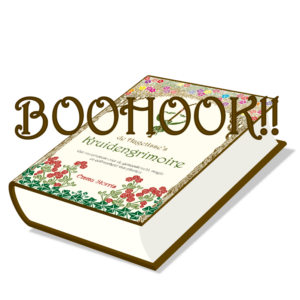
This versatile, water-loving plant, sweet flag – Acorus calamus – is well-established in Europe. However, it is not native to the continent. It has been here for a long time, though, since Alexander the Great was the one to bring it to Europe.
Nowadays we see this plant everywhere and we gratefully make use of her versatile qualities. We use sweet flag more often than we think, because it is an ingredient of just about every herbal bitter.
In medicine, sweet flag is mainly used against stomach and digestive complaints. Sweet flag also works on the kidneys and induces menstruation. It strengthens the effectiveness of the immune system against colds and the flu. Plus, it has a calming effect. This last property even manages to lower high blood pressure.
Magically, sweet flag is one of the plants mentioned as an ingredient of witch’s ointment. It can also be used to increase potency, bring about happiness, healing, money and protection. In addition, sweet flag strengthens the effect of rituals and spells.
Sweet flag’s edibility provides food for thought as well. Its root can be harvested all year round. But beware, eating too much of this plant may not be a good idea. Some people have reported hallucinations.
Sweet flag is a reed-like plant. The flowers grow in a yellow-green spadix, about 4 to 15 cm in length, growing sideways. They have six stamens.
The plant has a triangular stem and grows up to 1.5 metres in height. The leaves are arranged in two rows. They vary in colour from red at the base to light green at the tip. The rhizome is round, up to 3 cm thick with runners. At the bottom of the root there are numerous filiform adventitious clinging roots.
Sweet flag smells aromatic when crushed. In Europe it is infertile and reproduces through its roots. It finds itself preferably on the banks of slow-moving and stagnant water, rich in alkali and nitrogen, especially in the lowlands. It likes heat, prefers to be in full sun and cannot tolerate shade well.
Sweet flag is not from the West of Europe but was brought from South Asia by Alexander the Great. It has been actively used as a medicinal remedy in Europe since the 16th century.
In the past people liked to use sweet flag in their bath water to make the water smell nice.
Beekeepers used to hang this plant near their hives to keep their bees close to home and attract new swarms.
Basic membership is free. A plant monograph contains:
It's not allowed to copy content of this website
and view hidden content
